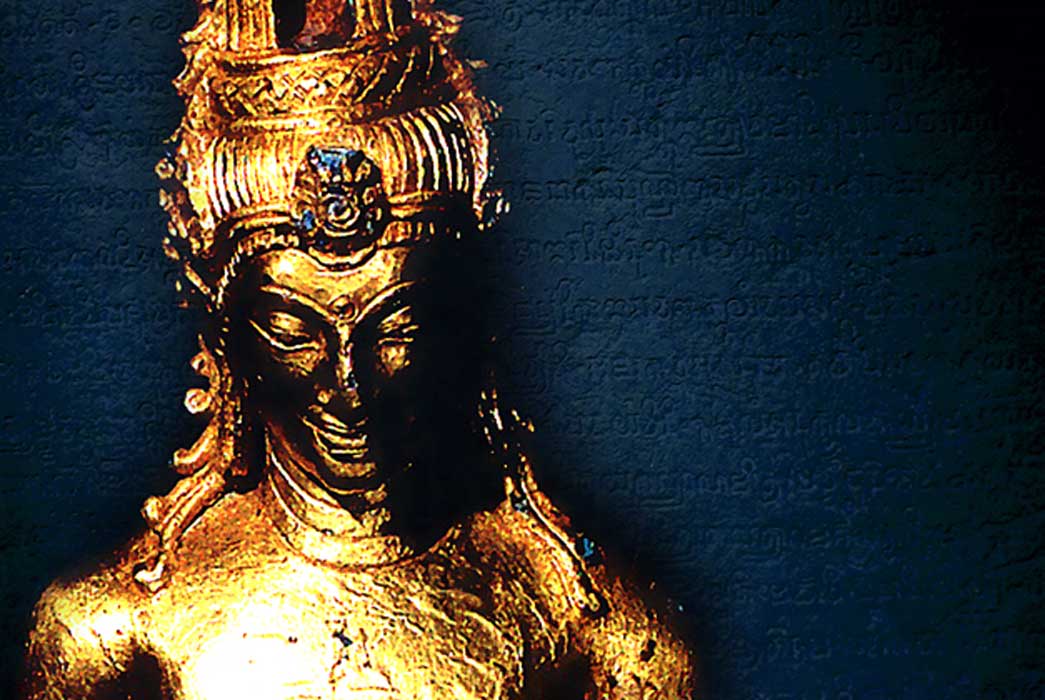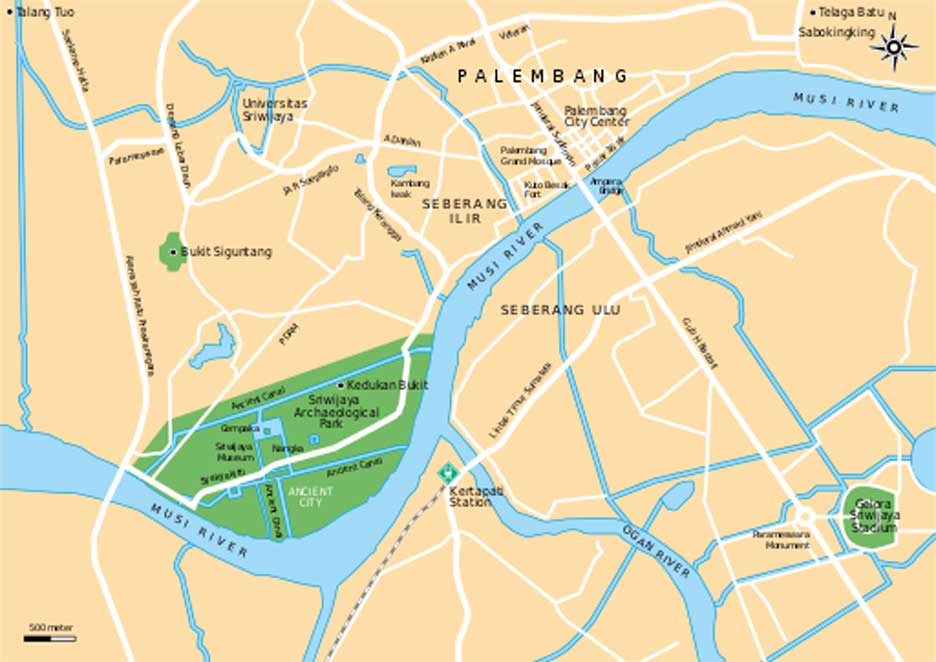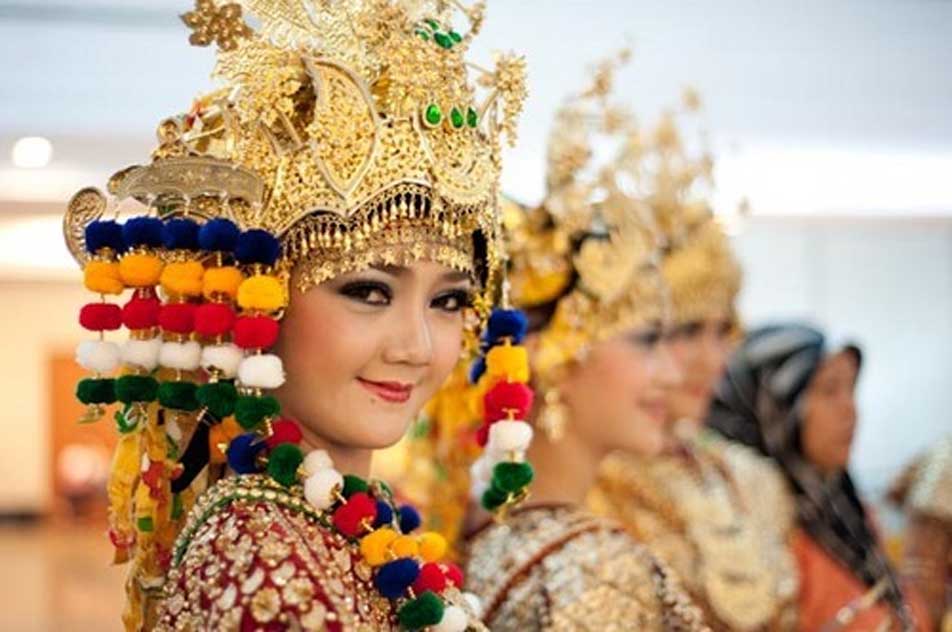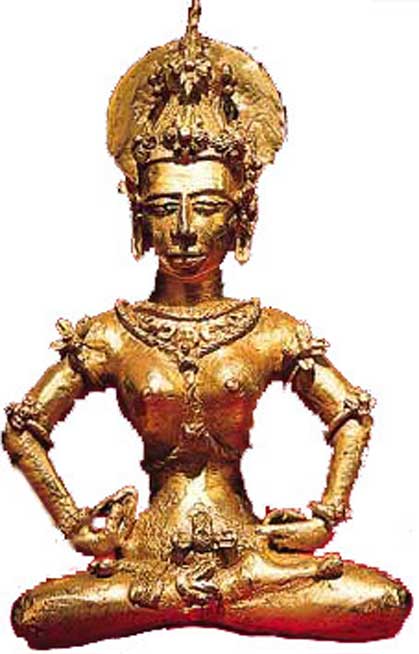
How to Rule Peacefully through Trading: The Rise and Fall of the Forgotten Maritime Empire, Srivijaya
Since the Bronze Age, the state or empire with the most defined territories and the greatest military prowess makes the decisions. This has been the method of survival of empires for countless generations. However, unlike other contemporary empires, the Hindu-Buddhist empire of Srivijaya did not have clearly defined territories, many cities or big armies. At least on paper, Srivijaya probably should not have thrived, but this unlikely empire lasted nearly 700 years and its impact has extended itself through time as well as through geography. At its height, Srivijaya ruled South East Asia and controlled the strategic Malacca Straits which became a center point on the India-China trade route and most of the trade in the area.
Surprisingly, even with its reported riches and long history, Srivijaya was, for a long time, largely forgotten. Although Palembang, the capital of Srivijaya became a part of Indonesia, even the modern Indonesian people never heard of the empire until the first hint of its existence was alluded to by French scholar George Coedes who published his findings in Dutch newspapers in 1918, based on inscriptions found in Sumatra and the Malay Peninsula. It was not until 1992 that another French scholar, Pierre-Yves Manguin, pin-pointed the center of Srivijaya as the Musi River, between Bukit Seguntang and Sabokingking in South Sumatra.

The location of Srivijaya Kingdom Archeological Park within Palembang city, South Sumatra Province, Indonesia. (CC BY-SA 4.0)
Today, despite their initial unawareness of the existence of the empire, Indonesia claimed Srivijaya as a source of pride and proof of its past glory. However, Indonesia is not the only country claiming the legacy of Srivijaya as their own. The people of southern Thailand recreated dances Sevichai (Sriwijaya) based on the art and culture of the ancient empire.

The gilded costume of South Sumatran Gending Sriwijaya dance invoked the splendor of the Srivijaya Empire. (Public Domain)
The influence of the empire also reached the Philippines by the 10th century CE through the discovery of golden Tara statue in Agusan del Sur and the golden Kinnara from Butuan, Northeastern Mindanao.

Golden Tara of Agusan (CC BY-SA 4.0)




